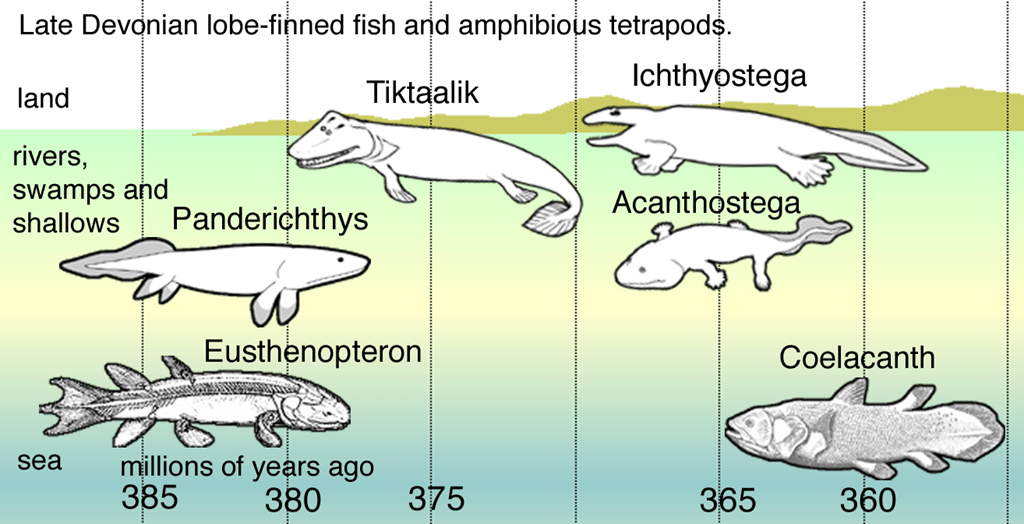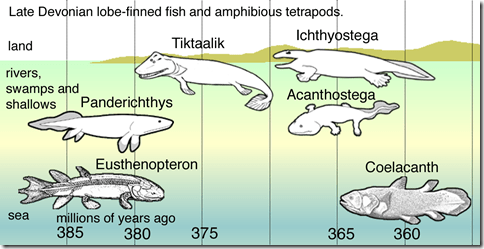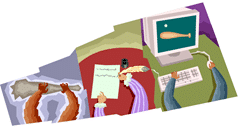When you think about earth-bound items, you think of things that are landlocked, tethered to a solid object or constrained by physicality. We, as a species are largely terrestrial, grounded with our feet on the ground and limited by gravity. For centuries if not millennia, humankind has dreamed and endeavored to break away from terra firma and soar beyond what surrounds us, to fly with the birds, to journey off into space and to explore that which we do not know. The spirit of exploration and the quest to understand the unknown propels us as a civilization to move beyond our established, comfortable environments.
From the tales of Icarus who attempted to escape the confines of Crete by means of flying like a bird in the clouds, to the Wright Brothers flight tests at Kitty Hawk, to the incredible journeys of NASA’s rover Curiosity, our future is in the sky. Those dreamers who push the limits of the known are uncommon and therefore noteworthy. But every person on this earth dreams to invent and create, even in the smallest of ways. Innovation is what propels our societies forward. And never before have we had the tools and means to innovate and create.
Having worked for the past 5 years in the cloud computing landscape, or should I say, “skyscape,” I have witnessed an evolution or dare I say, a revolution. Sure, cloud technology has advanced, bringing all types of innovation, new services and features and plenty of new players to the marketplace. This is typical of evolution. A new concept is developed, it is vetted and tested, first movers begin to adopt it and it either grows or dies, depending on the adoption, the speed of this adoption and how much force is behind it. But in terms of it being a revolution, that is where the freedom comes into play.
Let’s take some examples here. First let’s start with evolution. The one that always comes to my mind is that of the 375-million-year-old Tiktaalik roseae which was a critical evolutionary animal that represented the transition from swimming fish to animals that walked on land. As the Tiktaalik evolved from a deep water-based environment to more shallow waters, their bodies adapted and evolved to work better in a changing environment. As the Tiktaalik moved into more shallow water, it needed to be able to support its larger body as it fed. These appendages (formerly fins) were used to prop its body and pull itself along. Over time, not only did exterior changes take place, but even the bony element in fish, previously used to coordinate the feeding and respiration motions of the head, transformed over time to create the bones that would eventually be used for hearing. As this transformation took place that meant that gill respiration was used less, especially in shallow water. This led to the development of primitive lungs (in combination with the existing gills). But enough about evolution. This particular species adapted to its environment and evolved to survive. Shallow water lacked oxygen and the evolution of lungs meant not only survival but freedom to enter into new environments.
From a revolution standpoint, the parallels are equally obvious. A revolution is defined as a fundamental change in power or organization structure that takes place in a relatively short period of time. Revolutions are typically associated with battles, however, they go well beyond physical clashes; they can be cultural, economic and social-political. In fact, the most appropriate example of a revolution, at least in terms of cloud computing, can be seen in the Industrial Revolution. During this 100 year period from 1750 to 1850, the world experienced dramatic changes in all aspects of society, the economy and within the culture primarily driven by advancements in technology, agriculture, manufacturing, transportation and mining.
In the background of this famous painting by Eugene Delacroix (“La Liberte Guidant le Peuple” – Liberty Leading the People) you see the clouds.
As I have watched cloud computing develop and grow, I have seen its evolution and revolution in action. Evolving from a variety of technologies including virtualization, mainframe computers, thin clients, utility computing and grid computing, cloud computing grew limbs and lungs quickly to allow it to adapt to business needs. Moving from traditional IT infrastructure of hardware and physical servers and devices, developers of the cloud worked to take the inefficiencies away from the restrictions of the physical nature of IT and moved these to create compelling, energy and cost-effective “alternatives.” Businesses wanted freedom from the previous generation of IT and wanted more power and flexibility in the process. The result being that infrastructures could scale dynamically, usage could be billed based on demand and utilization instead of capital outlays for under-used server, and, IT environments could be provisioned in extremely short periods of time.
When we talk about freedoms, we also talk about options. Cloud computing represents both of these topics – the freedom to choose how you build your infrastructure the way that you want it and to use the plethora of options available to actually construct something that works for your business. Sure, you can say that much of what can be done in the cloud can also be done traditionally using physical hardware and data centers, however, one of the primary reasons why the cloud is being adopted by small businesses to large enterprises is because of flexibility and these self-same variety of options. With IT, there is no “one size fits all” type of scenario. Every business has unique needs and use cases and because cloud computing has adapted and evolved with these needs and business requirements, it allows companies to have the freedom to choose the best, most cost and technology-effective way to do so.
So I leave you with this. Cloud computing is both an evolution of technology and a revolution against traditional IT. The end result is a new type of freedom – a freedom to create, develop and succeed in ways never before imagined. Crawl out of that murky shallow water of IT of the past and wage a battle against those outdated and confining ways of the technology of yesteryear.

HTD says: The cloud is evolving; shouldn’t your business be as well?





